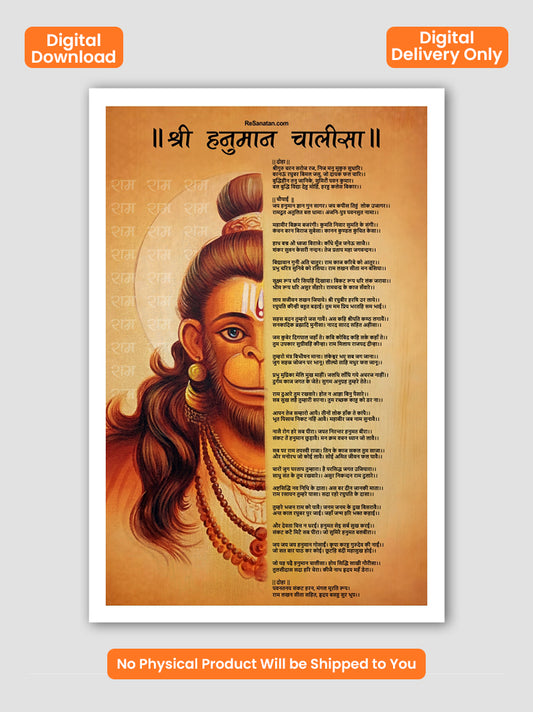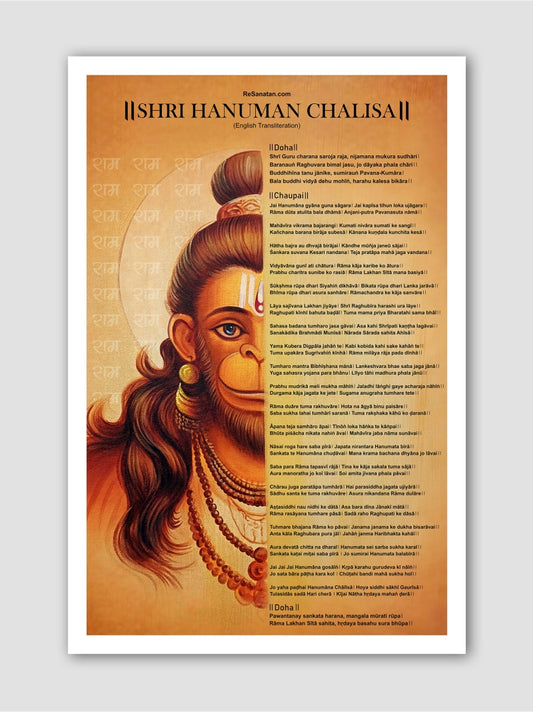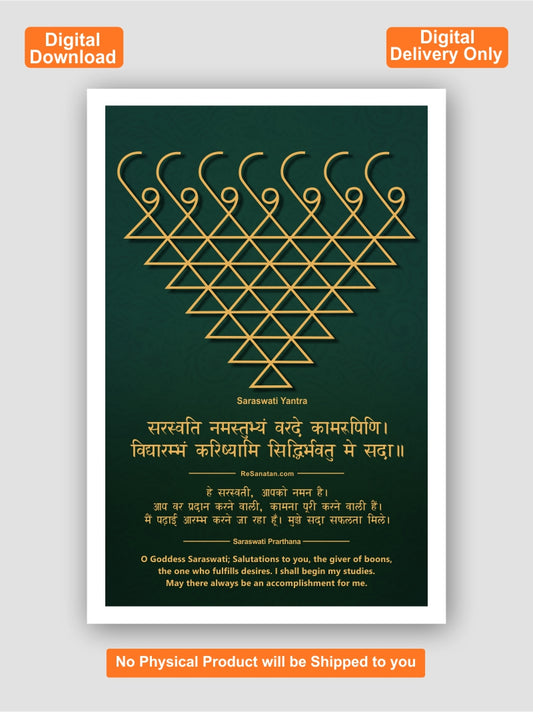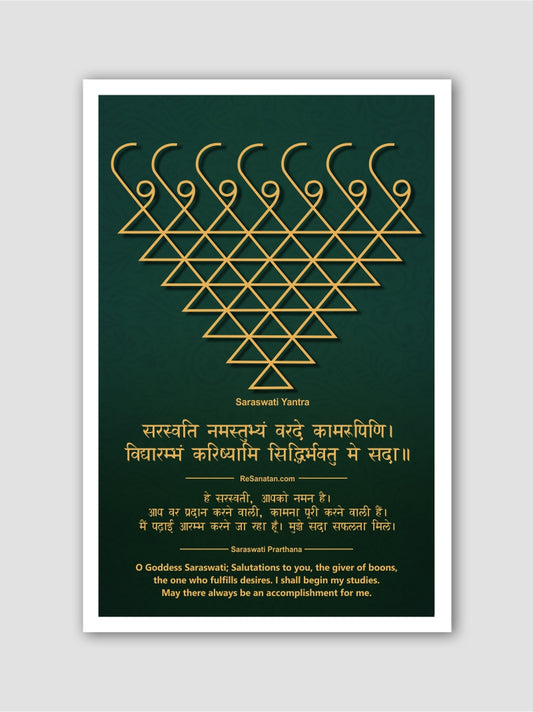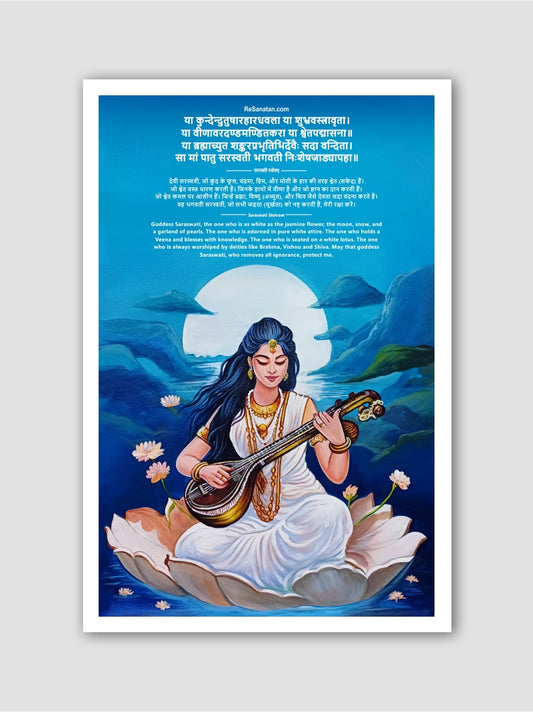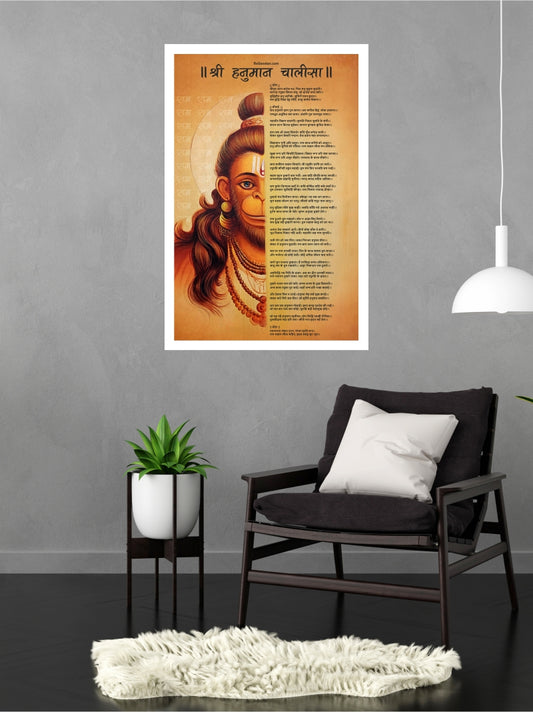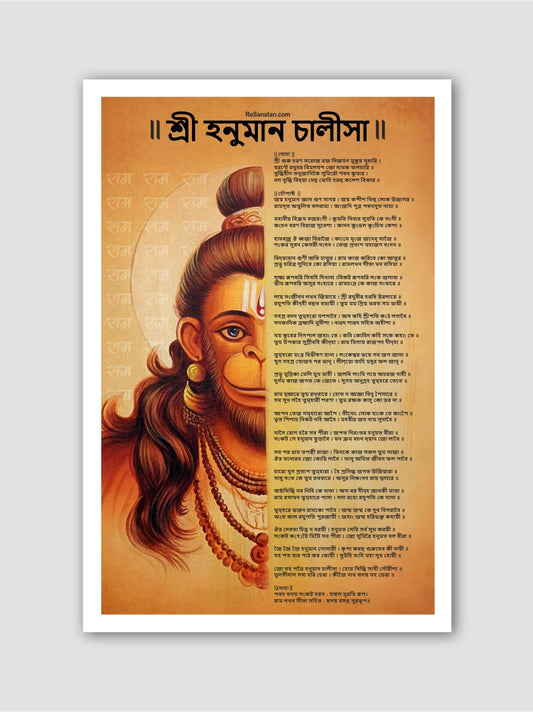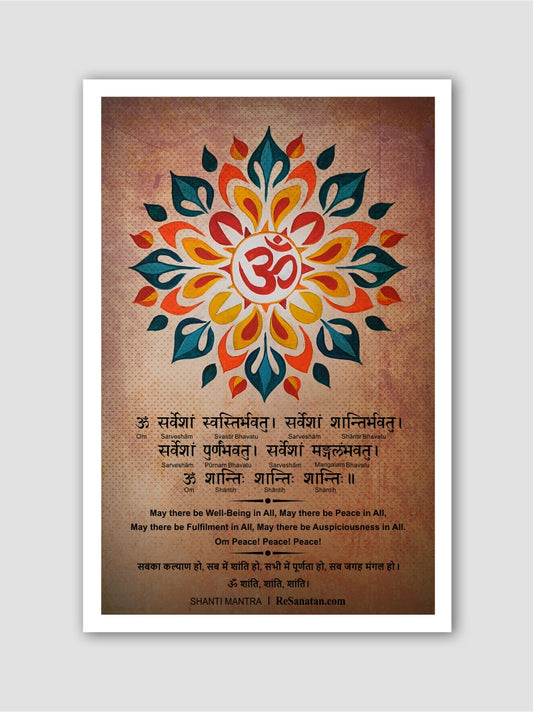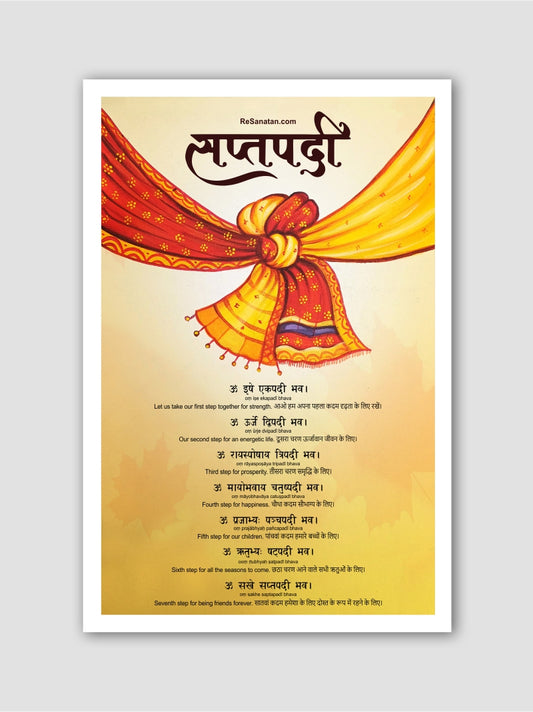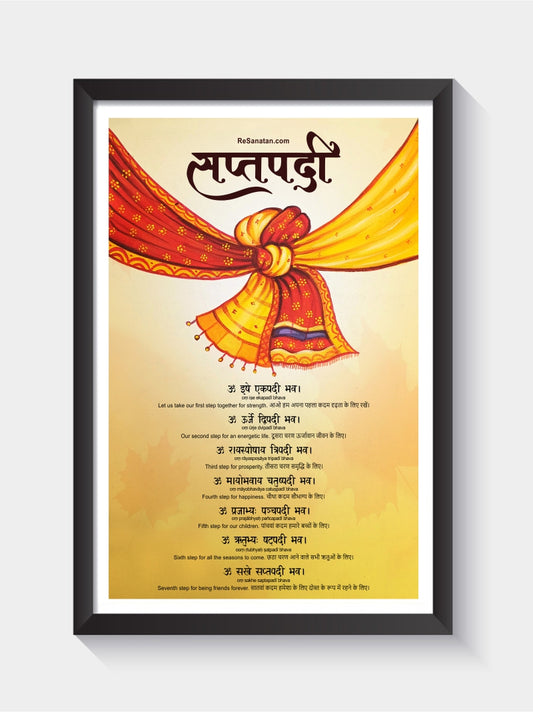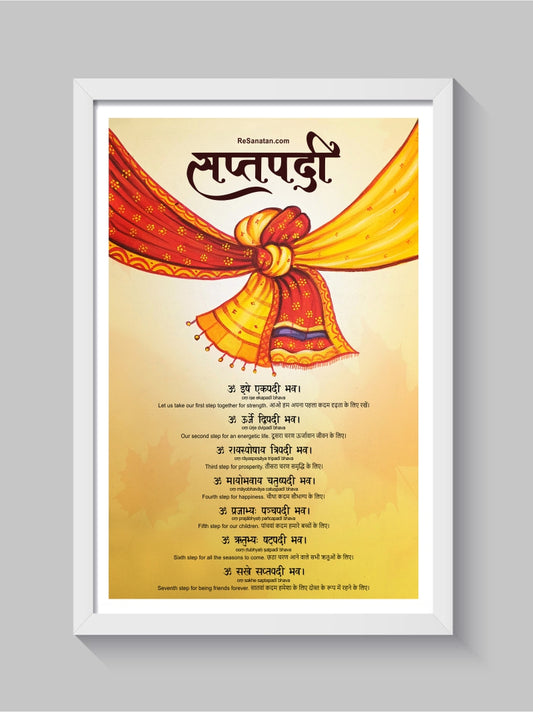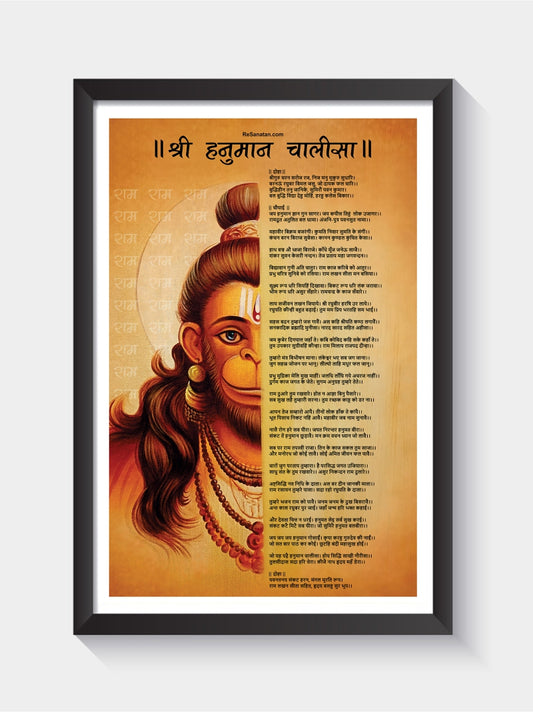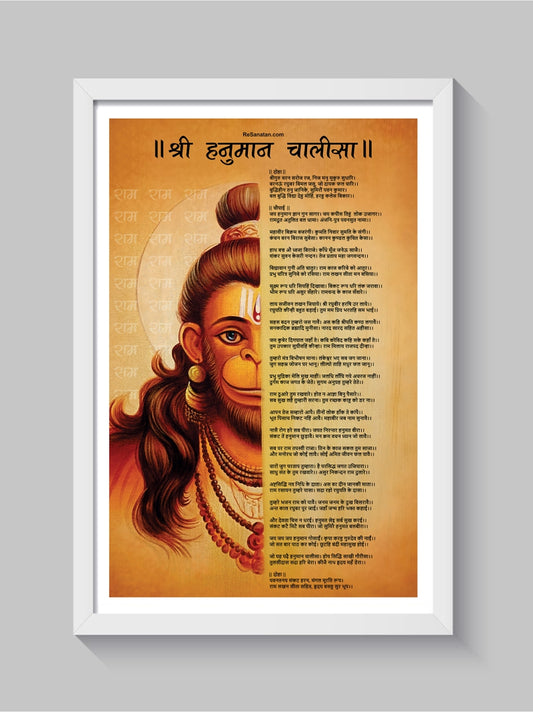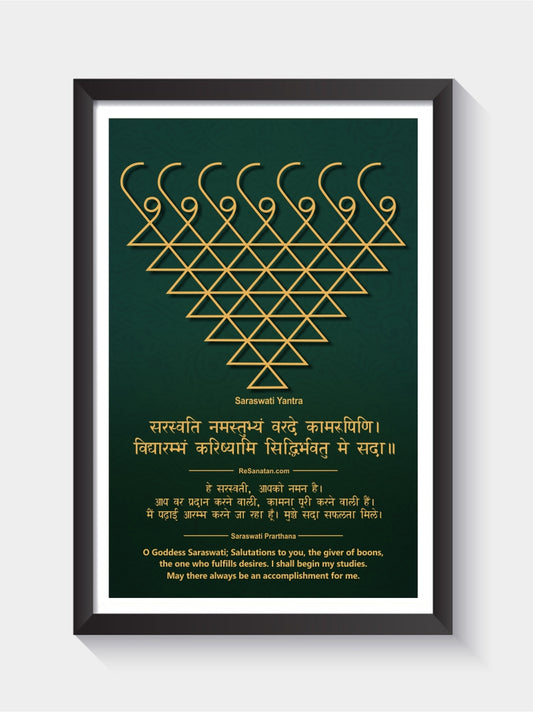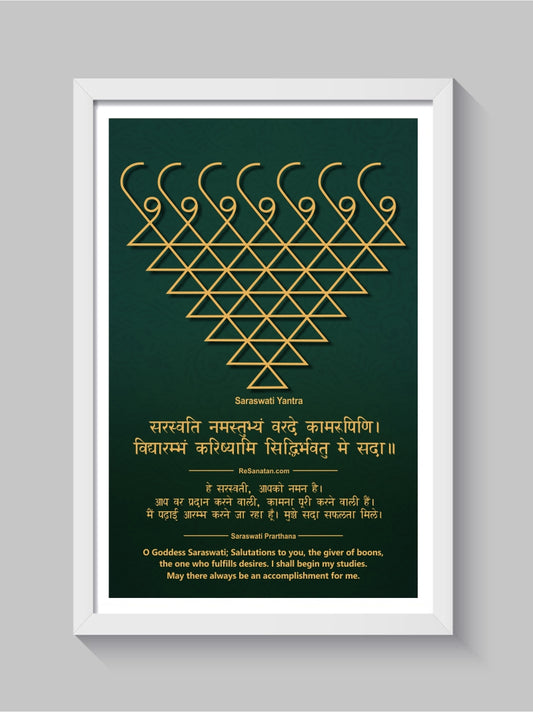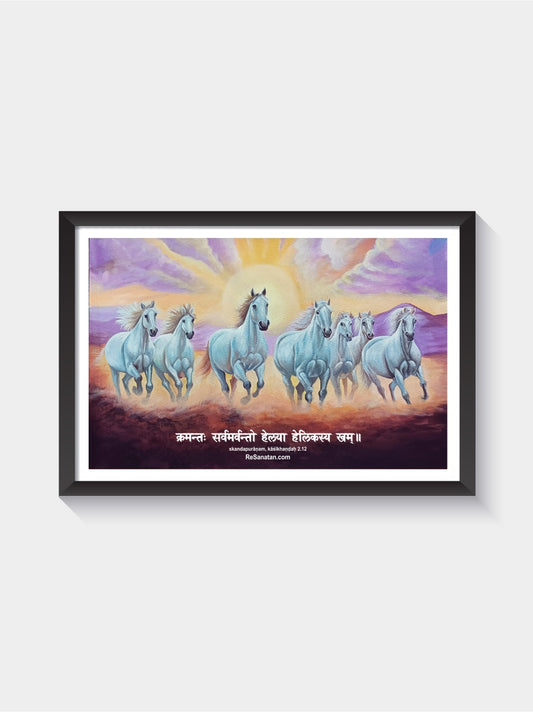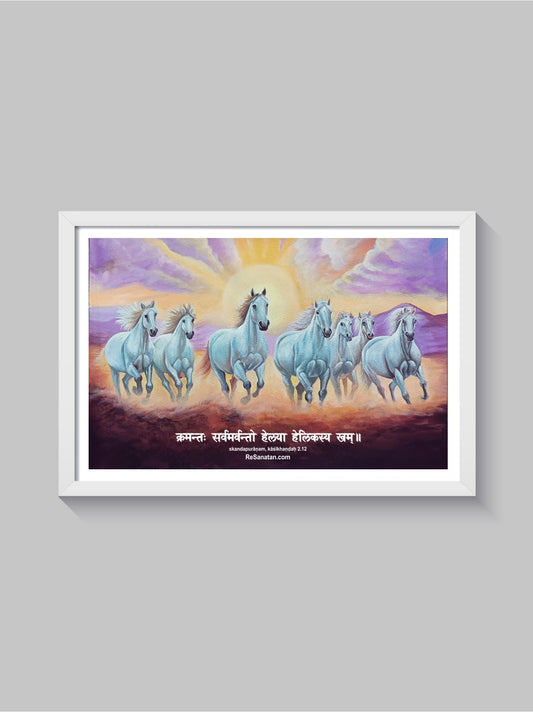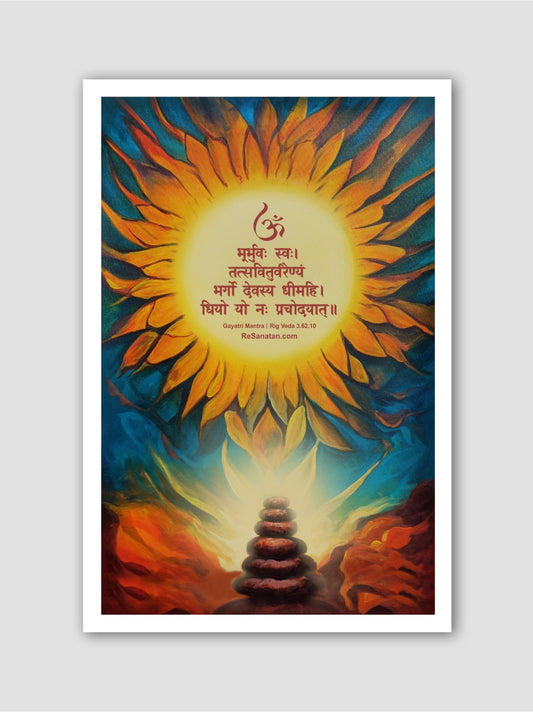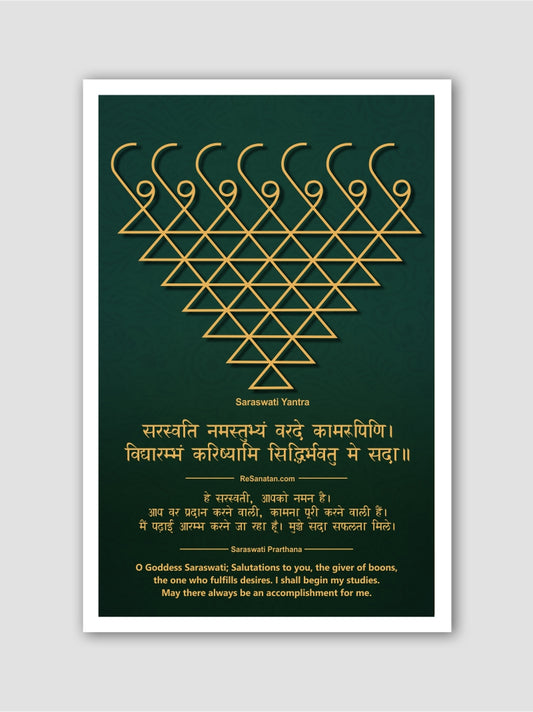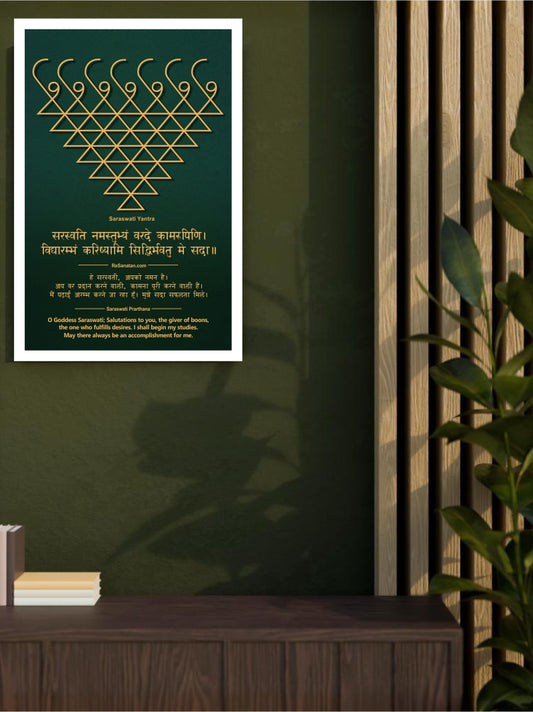In the vast spiritual discourse surrounding Lord Ram, a significant question often arises: Who is the real Ram? Is He Nirguna (without attributes), Saguna (with attributes), or something beyond these classifications? The teachings of saints and scriptures suggest that Ram pervades everywhere and resides within every individual. If we lack the wisdom to perceive Him, it's not due to His absence but our ignorance. As the Upanishads and saints like Kabir have elucidated, the path to truly knowing Ram is through self-knowledge (Atma Gyan).

The Essence of Ram: Transcending Nirguna and Saguna
निर्गुण सगुण दोऊ से न्यारा l कहै कबीर सो राम हमारा ll
Transliteration: Nirguna Saguna doo se nyara, kahe Kabir so Ram hamara.
Meaning: Kabir says, "Our Ram is beyond both Nirguna (without attributes) and Saguna (with attributes)."
Kabir, the great mystic poet, said, "Nirguna Saguna doo se nyara, kahen Kabir so Ram hamara," meaning Ram is beyond both Nirguna and Saguna. If we define Him as Nirguna, we limit Him to our mental constructs, and if we define Him as Saguna, we confine Him to our created images. Therefore, Ram transcends both attributes and non-attributes. To grasp His true nature, one must delve into the wisdom of the Upanishads.
चार राम हैं जगत में, तीन राम व्यवहार। चौथे राम में सार है ताका करो विचार।।
Transliteration: Chaar Ram hain jagat mein, teen Ram vyavahaar. Chauthhe Ram mein saar hai, taaka karo vichaar.
Meaning: There are four Rams in the world, three are in the realm of worldly conduct. The essence lies in the fourth Ram, contemplate on that.
एक राम दशरथ का बेटा, एक राम घट घट में बैठा। एक राम को सकल परासा, एक राम त्रिभुवन से न्यारा।।
Transliteration: Ek Ram Dasharath ka beta, ek Ram ghat ghat mein baitha. Ek Ram ko sakal parasa, ek Ram tribhuvan se nyara.
Meaning: One Ram is the son of Dasharatha, another Ram resides in every heart.
One Ram pervades the entire universe, and one Ram is beyond the three worlds.
तीन राम को सब कोई धयावे, चतुर्थ राम को मर्म न पाने। चौथा छाड़ि जो पंचम धयावे, कहे कबीर सो हम को पावे।।
Transliteration: Teen Ram ko sab koyi dhyave, chaturth Ram ko marm na paane. Chautha chhadi jo pancham dhyave, kahe Kabir so hum ko paave.
Meaning: Everyone meditates on the three Rams, but does not grasp the essence of the fourth Ram. Kabir says, those who forsake the fourth and seek the fifth will truly find me.
The Upanishadic Perspective: The Four Aspects of Ram
The Muktika Upanishad begins with Hanuman asking Ram to reveal His highest, truest form, beyond His physical body and divine play (leelas). Ram responds by saying, "I reside in Vedanta." To know His true essence, one must turn to Vedanta. Ram explains that He has four aspects, but people often get stuck at the first three levels.
1. Ram in Dasharatha's Household: The initial understanding of Ram is as the son of King Dasharatha, a historical and devotional figure.
2. Ram in Every Heart: The second level recognizes Ram as the inner consciousness within every individual.
3. Ram as the Universal Presence: The third aspect sees Ram as the expansive presence pervading the entire universe.
4. The Ultimate Ram: The fourth and most profound aspect is the ultimate Ram, who is beyond all physical and conceptual boundaries, embodying pure truth and liberation.
Vedanta and the Path to True Knowledge
Kabir's teachings often align with Vedantic principles, emphasizing self-knowledge (Atma Gyan) as the path to understanding the ultimate Ram. He asserts that without self-knowledge, the divine presence within remains hidden. This journey inward is essential, as true realization of Ram occurs when one transcends the physical and mental constructs and reaches the state of pure consciousness.
Ram Within and Beyond
In one of his couplets, Kabir states, "Ram resides within every heart, and without self-knowledge, He remains unseen." This highlights the idea that the divine is omnipresent, yet only visible to those who attain a higher state of awareness. Kabir's analogy of the musk deer, which searches for the fragrance of musk everywhere except within itself, poignantly illustrates this point. Just as the deer is unaware that the scent emanates from within, individuals often seek the divine externally, not realizing that Ram resides within.
The True Temple: Inner Purity
Kabir teaches that the true temple is not a physical structure but the mind itself. Purifying the mind and making it a temple of devotion is crucial for spiritual fulfillment. External rituals and pilgrimages have their place, but without inner transformation and self-realization, they remain incomplete.
Love and Devotion: Beyond Emotion
Kabir differentiates between mere emotional devotion and true love (bhakti). He emphasizes that true bhakti is rooted in love, not just emotional sentiment. This distinction is vital as emotions can be fleeting and reactive, whereas love is a stable, conscious state of being. True devotion leads to a profound connection with the divine, transcending the superficiality of emotions.
Conclusion: The Journey to the Ultimate Ram
Kabir's teachings on Ram challenge us to look beyond conventional forms and attributes and seek the deeper, formless essence of the divine. By embracing self-knowledge and inner purity, we can transcend the initial stages of spiritual practice and reach the ultimate realization of Ram. Kabir's wisdom invites us to a journey of inward exploration, where the divine resides within us, waiting to be discovered through love, devotion, and true understanding.
In essence, Kabir's exploration of Ram offers a timeless guide to spiritual seekers, urging them to transcend superficial distinctions and embrace the profound, universal truth that Ram represents. Through his poetic insights, Kabir continues to inspire and illuminate the path to divine realization.

